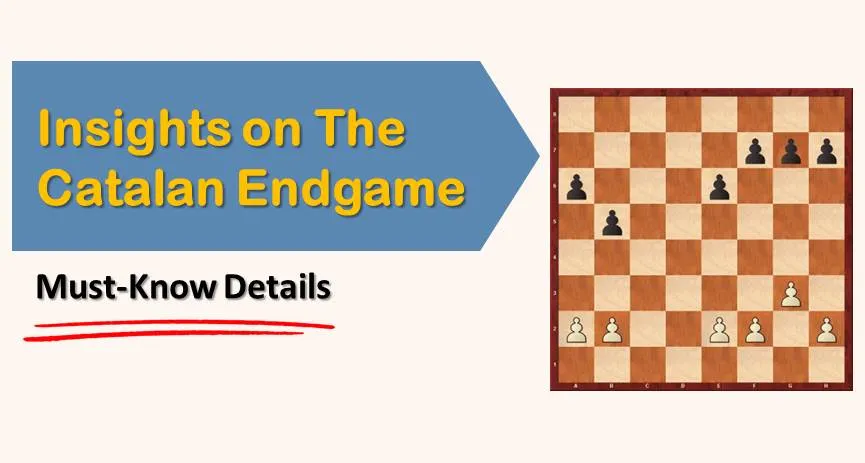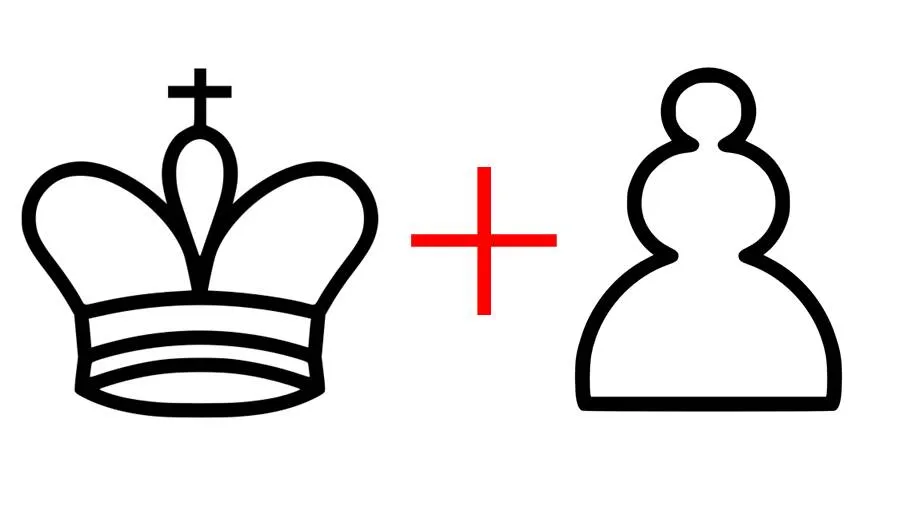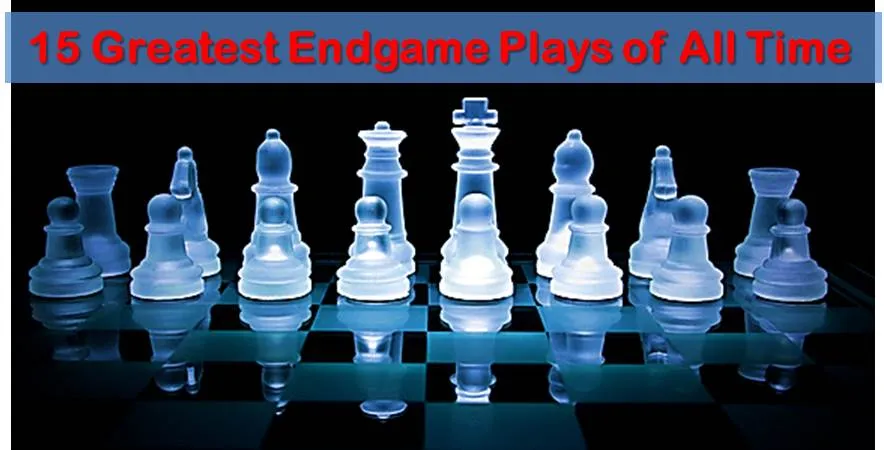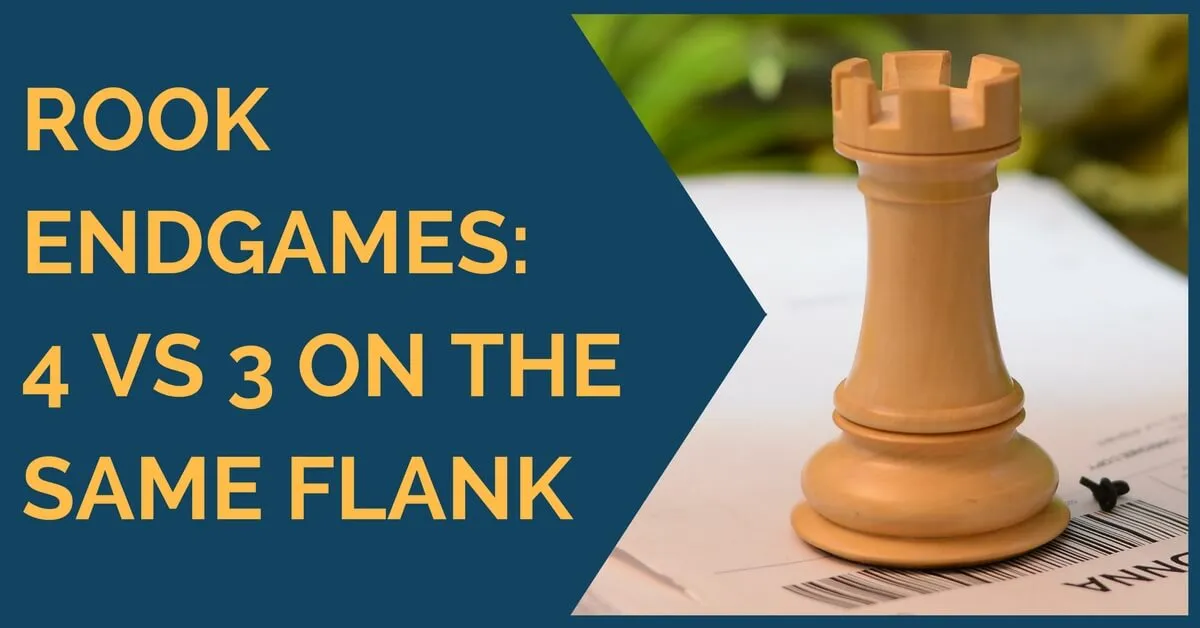Catalan Endgame: Insights on It

Catalan Endgame has slowly gained popularity at the top level. It gives white a solid position that he can keep improving and try to play for the win.
The bishop on g2 is one of the key pieces in this opening, as it supports white’s main plans: the central break with e4 and the attack on the queenside.
Among the players who made this opening popular are former World Champions Alexander Alekhine, Vladimir Kramnik (he used it with great success in his match against Topalov in 2006), and even Garry Kasparov, who played it in his match against Viktor Kortchnoi.
Many times, the queens are traded off the board early and the fight is decided in the endgame, where white holds a slight advantage. This opening is the perfect choice for positional players who like to accumulate small advantages and keep them for a long time until they can convert them.
One player who enjoyed this type of play and used it often in his games is the Swedish legend, Grandmaster Ulf Andersson.

The typical structure in the Catalan endgame
Some of the advantages that white has in the Catalan endgame are:
- Better queenside structure. In order to develop the bishop from c8, black usually need to weaken their queenside structure. This might not be a problem in the middlegame, but once the endgame is reached and the light-squared bishops are exchanged, black starts to have difficulties;
- Good outposts for his knight. You will find that many times, white uses the idea of bringing his knight to d3. This is a great square for the knight, as it can’t easily be chased away. Besides this, it can easily reach the queenside and help attack black’s weaknesses. It also has a defensive role – it keeps the d file closed, hence it limits the activity of the black rooks;
- More active king. Usually, the white king reaches the center faster than the black one. This is also helped by two important exchanges: of the light-squared bishop on g2 and of the queens, on f3.
We will now have a look at a few positions arising from Catalan systems which possess one or more of these characteristics.
Mikhail Botvinnik vs Stahlberg
Let´s start with one game played by the patriarch of the Russian chess, Mikhail Botvinnik, against Stahlberg. This game wasn’t a Catalan opening; however, the endgame reached is a well-known structure from the Catalan. White has a pleasant advantage due to the more centralized king, control of the only open file, and queenside majority. See more details here:
Catalan Endgame: Le Quang Liem vs Zurab Azmaiparashvili
As we mentioned earlier, in the Catalan endgame white often has the possibility of using the square d3 as an outpost for the knight. From this square, the knight dominates the squares e5 and c5, which are of great importance. In the following game, between Le Quang Liem and Zurab Azmaiparashvili, we can see how white played this typical idea in the middlegame, obtaining a small, but lasting edge. Black ended up with a misplaced knight on a6 and did not manage to equalize.
Having examined two of the more popular characteristics that arise from the Catalan endgame (King on f3 + Queenside majority, Outpost for the knight on d3), it is time now to look at another typical situation that can arise. By trying to equalize quickly, black often ends up with several weaknesses on the queenside.
Andersson vs Milov
Even after the trade of queens and minor pieces, these weaknesses remain and become targets in the rook endgames. One example of this is the game between Andersson and Milov played in Groningen 1997.
We have examined three typical scenarios that can occur if you play the Catalan/Reti opening. There is much to learn about these seemingly “simple” positions. There are several more examples in the games of Ulf Andersson, Aronian, Gelfand, and of course Vladimir Kramnik that can give us more insights on this subject.
We hope you have enjoyed reading this article and become aware of the nature of this interesting endgame.
We also recommend reviewing:
If you want to improve your chess level, you need to have a clear study plan. If you aim for a dramatic improvement at chess you need to work on all of the elements of the game in a systematic way:
- tactics
- positional play
- attacking skills
- endgame technique
- classical games analysis
- psychological preparation
- and much more
That seems to be like a lot of things, and that is. But no worries, we have made it easy for you. Our comprehensive training course covers it all and much more. Sign up for 21 Day Training right now!










Comments: